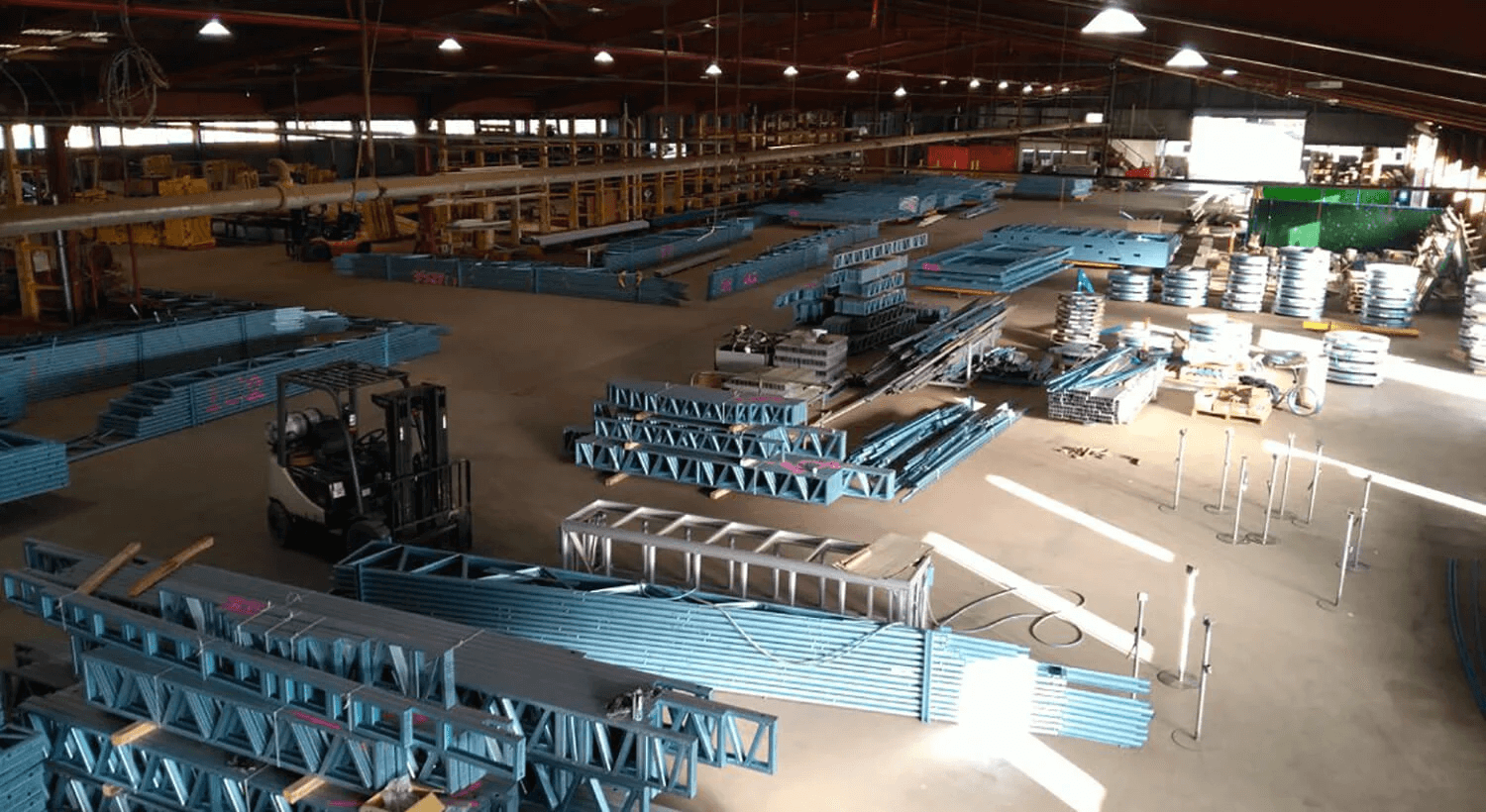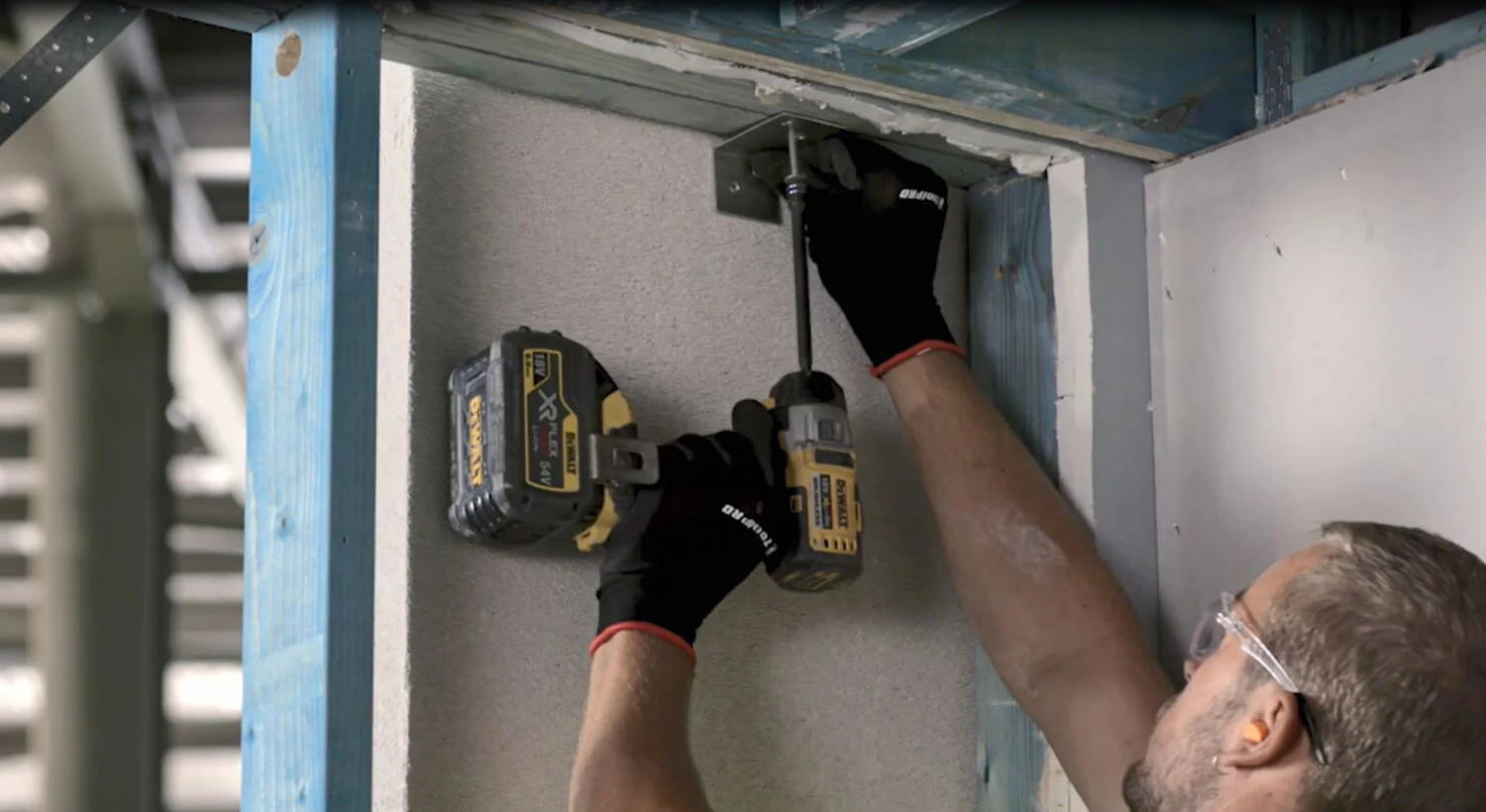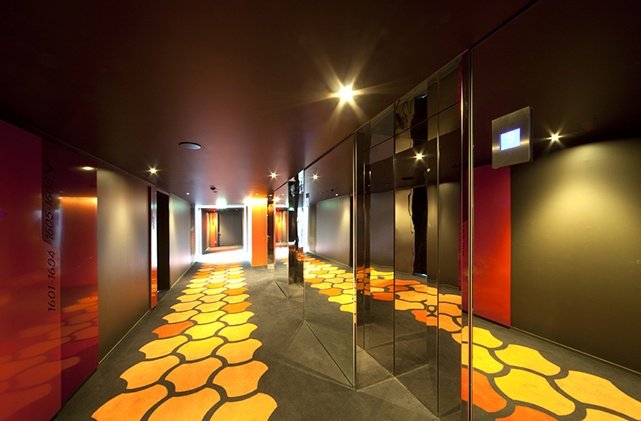Adam and Ben Bindley are well aware of this, which is why Hebel is an integral part of GNL Steel, the business they established two years ago.
The brothers were both qualified carpenters when they decided to go into business together, setting up GNL Steel at Warragamba, on the eastern edge of the Blue Mountains in New South Wales.
“We’ve always been interested in the building game,” said Ben. “So, after we’d both been working as carpenters for a few years, we felt that the next step for us should be to go into the supply business.”
GNL Steel manufactures and supplies steel frames and trusses for new homes, as well as supplying Hebel systems for their clients.
“The manufacture and supply of the frames and trusses comprise about half of our business, and the Hebel supply makes up the other half,” said Ben.
A strong alternative for home construction
Similar to the way in which Hebel offers an alternative to more traditional options such as brick, GNL Steel offers the alternative of steel rather than timber for roof frames and trusses in residential construction.
In the two years since they launched the business, Adam and Ben have built up a clientele that extends from Newcastle in the Hunter Region to Nowra on the South Coast, supplying and fitting steel frames for residential properties and supplying and overseeing the installation of Hebel external systems, complete with rendering and painting.
The decision to make the external Hebel systems such a large part of their business resulted from a combination of factors including the growing shortage of bricklayers to provide brick finishes to homes. More important, however, were the many overall benefits of Hebel systems to builders and clients.
Quick and easy installation
When used for low rise multi residential intertenancy walls “Hebel is fast and easy to install,” said Ben. “This is because it’s light and the design is straightforward, which helps with the speed. Also, unlike some other systems such as the shaftliner system, there are not many components with Hebel. The Hebel installers don’t need much more than a bag of glue and some brackets, whereas some other systems have a lot of components which can make the work much more time-consuming. If you run short of a component the job comes to a stop, whereas the Hebel system is simple and quick to install.”
Adding to the speed of installation of a Hebel system for builders is the ease of fire-rating it. “With the shaftliner system, you have to put a fire check in the roof and joist space, which takes about double the time of installing Hebel, because with Hebel there is no need to put any fire-rated board over it,” explained Ben. “So, there’s less work and the job is completed more quickly.”
The GNL team has also had reason to appreciate the fact that wet weather does not have an adverse effect on Hebel panels when they are waiting onsite or being installed. If the panels get wet they dry out quickly without retaining excessive moisture, and construction is not held up as it could be with other systems.
Like other builders, Adam and Ben have welcomed the arrival on the building scene of the latest Hebel product, the new Hebel PowerPanel50 for low rise multi residential intertenancy and dual zero boundary walls.
“It will make it even quicker and easier for builders,” said Ben. He added that feedback received from clients indicated that they, as well as builders and installers, appreciate the benefits of the Hebel systems, especially the swiftness with which they are installed. “Everyone likes to see the Hebel go up. They like the speed,” he said.






